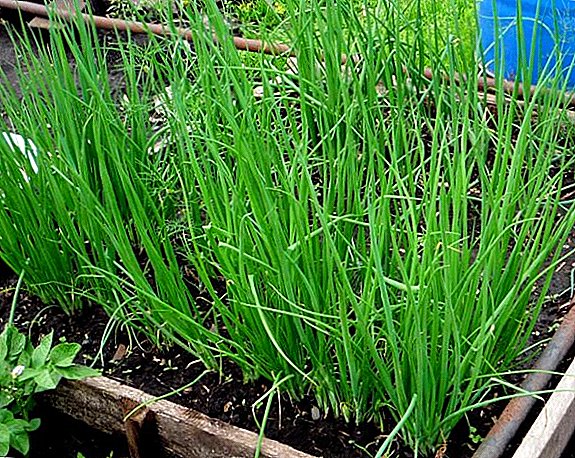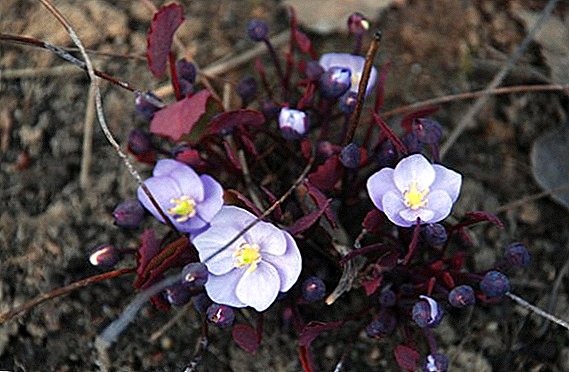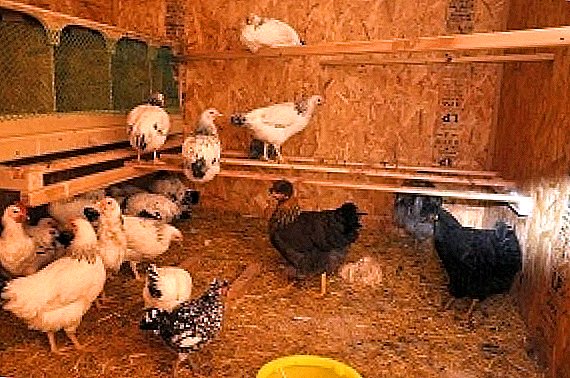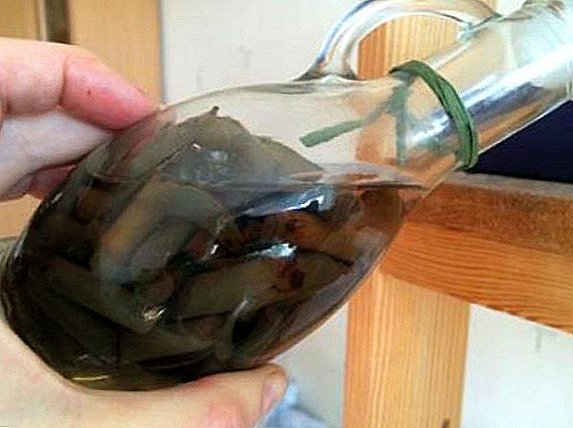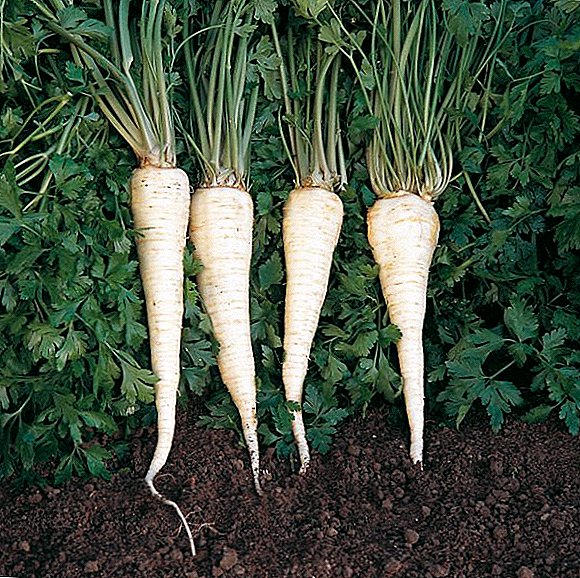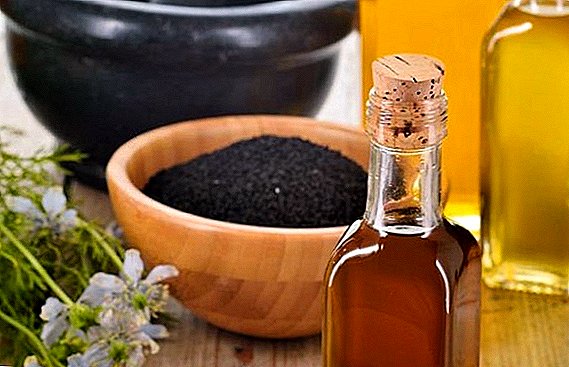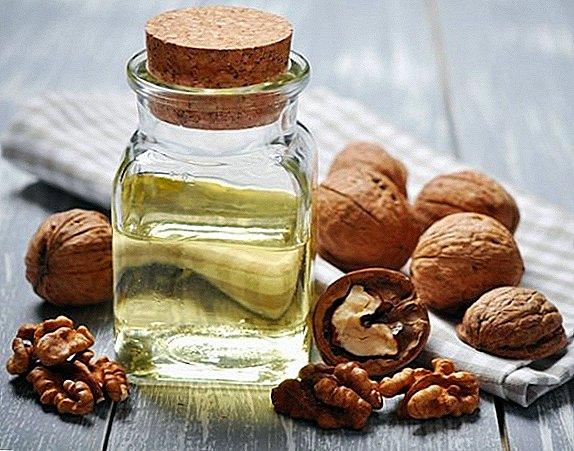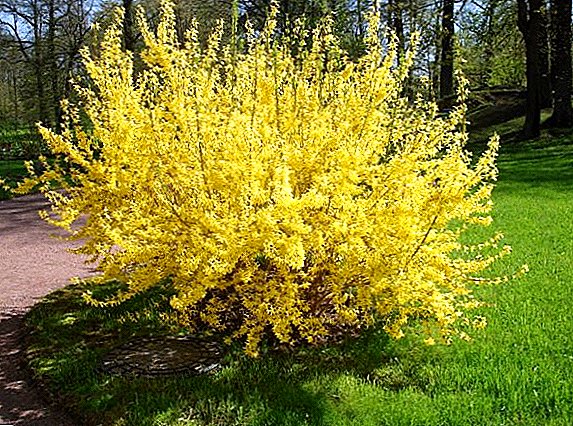 Forsythia (other name - Forsythia)- beautiful ornamental shrubs, a member of the olive family, which will create a wonderful feeling of warmth and spring in the first warm days. The sun-colored plant will not only improve the aesthetic appearance of your garden, but will also cause an envious glance among all passers-by. But this plant is not always able to please with its beautiful bright flowering, and in this article we will try to determine why forsythia does not bloom, and name the most common reasons for this.
Forsythia (other name - Forsythia)- beautiful ornamental shrubs, a member of the olive family, which will create a wonderful feeling of warmth and spring in the first warm days. The sun-colored plant will not only improve the aesthetic appearance of your garden, but will also cause an envious glance among all passers-by. But this plant is not always able to please with its beautiful bright flowering, and in this article we will try to determine why forsythia does not bloom, and name the most common reasons for this.
Did you know? Not all species of forsythia can tolerate the harsh domestic climate, it is best tolerated by cold winters forsythia Giralda (up to 35 degrees of frost) and Siezold forsythia.
Resistance of forsythia to diseases and pests
Forsythia, no matter how much time it blooms (mostly 22-25 days), unlike other garden bushes, the plant is unpretentious. Despite the early timing of the appearance of the first flowers, the bush does not require titanic efforts in its care. Most often forsaytiya sick inexperienced gardeners.
 The only thing that the bush is afraid of and what causes many of its diseases is a surplus of moisture, but in a dry season it feels quite comfortable. So, the most common disease of forsythia is root rot, which is very difficult to cure, but easy to prevent.
The only thing that the bush is afraid of and what causes many of its diseases is a surplus of moisture, but in a dry season it feels quite comfortable. So, the most common disease of forsythia is root rot, which is very difficult to cure, but easy to prevent.
Important! If your forsythia is already sick with rotting roots (the hive itself signals this: the color is faded, the leaves are curled), then loosening the soil will only improve the situation, and to finally get rid of the problem, the bush will have to be dug out and removed all damaged shoots.
Another serious disease that can damage forsythia is bacteriosis, which is dangerous because it spreads immediately to the nearest bushes. If this disease has already damaged your plant, then one way out: to uproot a shrub, recycle it, and disinfect the place where your shrub “lived” with a concentrated solution of potassium permanganate.
But from living pests, formatoes often attack nematodes (insects that are located in the upper layers of the soil and can damage the root system). You can fight nematodes by treating bushes and soil around the bush with Carbation.
 The next pest, perhaps one of the most common on all garden plants, is aphid, which damages the leaves.
The next pest, perhaps one of the most common on all garden plants, is aphid, which damages the leaves.
Birds that love to eat unopened plant buds can also cause irreparable damage to the plant, therefore, in order to prevent it, it is better to shelter in the fall and to cover the trunk and shoots with a fine mesh before the buds open.
As you can see, the state of forsythia depends directly on the quality and timeliness of the care provided to it.
Why does not forsythia bloom: insufficient lighting
There are several reasons why forsythia blooms poorly, and one of the most important is a small amount of light. Each plant requires a suitable place to live, the choice of which should be based not only on the quality of the soil, but also on the neighbors that grow next to the bush, and on the lighting.
Forsythia - The shrub is quite bright and requires the same lighting, and besides, it is very thermophilic. Of course, the plant will not die only because it grows in partial shade, but it’s not for nothing that the forsythia flowers are called “golden bells” or “golden lilacs”. Forsythia blooms very brightly and plentifully, and in the penumbra the color will lose its quality.
Did you know? If it so happened that the forsythia stopped blooming, then when solving this problem one should take into account the fact that the neighbors of the forsythia can prevent sufficient access of light, and even in group plantings it is better to plant the forsythia at a distance of 1.5-2 meters for unhindered heat .
 Free access to sunlight will be a good prevention of root rotting, because with good lighting, excess moisture will evaporate faster and there will be no stagnation of water.
Free access to sunlight will be a good prevention of root rotting, because with good lighting, excess moisture will evaporate faster and there will be no stagnation of water.
Like many other garden bushes, Forsythia loves the place to warm and brighten, and, having provided these two conditions, you will receive a wonderful plant that will please the eye for a long time.
Errors when watering and feeding forsythia
Often found on the forums gardeners questions: how to make forsythia bloom, whether additional feeding is needed, how to water it properly. Forsythia does not require very abundant watering; watering the plant every three days, a bucket of water under one bush in conditions of severe drought.
With a temperate climate and normal weather, the moisture that is contained in the soil is enough for a bush. In order to avoid the problem of loss of flowering quality due to waterlogging, it is necessary to provide a drainage layer during planting, using either purchased material, or crushed red brick, peat, gravel. If the forsythia is too wet or too dry, not only the color will suffer (it will become less abundant, the bright yellow color will become faded), but the leaves will also lose their decorative appearance.
 Despite the fact that forsythia is unpretentious in care, she still needs fertilizing. You need to feed it properly: if in the early vegetation period, nitrogenous substances are simply necessary, then in subsequent stages of fertilizing it only hurts, and the bush will lose its color saturation.
Despite the fact that forsythia is unpretentious in care, she still needs fertilizing. You need to feed it properly: if in the early vegetation period, nitrogenous substances are simply necessary, then in subsequent stages of fertilizing it only hurts, and the bush will lose its color saturation.
Very important in the proper selection of forsythia fertilizers will be the fact that if the soil is sufficiently acidic, then slaked lime, which should flow into the root system for better flowering and growth, as well as normalize the pH level, can act as additional substances.
Important! It is also important not to overdo it with fertilizer for forsythia, as this will lead to a loss of color and an increase in thick leaf mass.
Non-compliance with pruning rules is the main mistake of novice gardeners.
One of the main factors in the care of forsythia is pruning. Even beginners are aware of the significance of this process, not only for rejuvenation, but also for the rehabilitation of the bush. Often, due to improper pruning, flowering ceases, and this is so because on the Forsythia bush flower buds are located on two-year shoots, and therefore, if the shoot is shortened incorrectly, you can remove the unopened flower itself. 
In order to pruning was successful, it is better to carry out it gradually, without removing all the old shoots at once.
Important! For beginners recommend pruning after flowering, and not before him.Pruning - a really important point in the cultivation of forsythia, because if the plant is “run”, then the access of the sun will be less, and the root system will “waste” forces on unnecessary shoots.
It is conditionally possible to divide the trimming process into three stages:
- deletion of old branches;
- bush thinning;
- shortening the branches that have faded (by a third).
Neglect of the rules of wintering plants
Very often gardeners neglect the quality of the shelter, which is constructed for the bush for the winter, and the consequence is that only the lower branches bloom in the fall or the flowering in general becomes much worse. The opinion that special excitement about the “roof” is not required for Forsythia is a bit erroneous, because the branches can not only frostise, but if they are not sufficiently sheltered, birds that have remained for the winter.
 Usually, they cover the trunk circle for the winter and cover the branches. You think: how can you cover a large enough bush? Very simple: the branches gently rope.
Usually, they cover the trunk circle for the winter and cover the branches. You think: how can you cover a large enough bush? Very simple: the branches gently rope.
Did you know? As a shelter, it is better to use only woven material that lets air through to prevent the kidneys from awakening ahead of time.
If it so happens that you had to use non-woven material, then remove such a shelter is necessary gradually. For additional shelter you can use snow.
As you can see, the health of the shrub and its appearance largely depends on the care that the plant receives, and we hope that this article will help you take care of your forsythia correctly.


